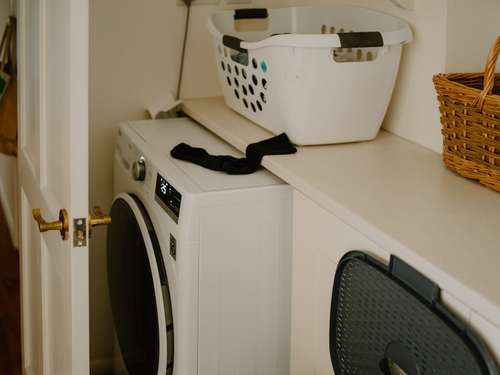Turbulence, the unsettling shaking experienced during flights, can be a nerve-wracking ordeal, especially for those who fear flying. It is a fluctuation in air pressure and flows around the aircraft.
While cabin crew often reassure passengers that turbulence is normal and safe, it doesn't always ease anxieties. However, a little-known tip could alleviate some of that discomfort: choosing the best seat on a plane.
Laura Nottingham, a popular Delta Airlines flight attendant, shares her wisdom on minimizing turbulence-induced jitters. She suggests a simple strategy: relocating to a different part of the aircraft.
Laura suggests that passengers who are anxious about turbulence, especially those seated towards the rear of the plane, may find it helpful to change seats.
"At Eastern, if we notice a passenger is really nervous about their journey in the skies, and they’re seated toward the back, we offer to re-accommodate them to another part of the aircraft where the turbulence may feel lighter, like the front of the aircraft or near the wings," she told HuffingtonPost.
Moving to areas where turbulence feels less severe, such as the front or near the wings, can greatly reduce discomfort.
Former flight attendant Matt echoes Laura's advice, emphasizing the importance of proximity to the cockpit for nervous flyers.
Sitting closer to the front of the plane, beyond its center of gravity, can offer a smoother ride during turbulence.
Alternatively, choosing a seat over the wings provides a balanced experience, as commercial airline pilot Jonny Knowlson explained.
He highlights the favorable conditions of being closer to the plane's mass, reducing the effects of external forces like lift and wind.
The Science Behind Seat Selection
The size of the aircraft plays a major role in the quest for a smoother flight.
Opting for a larger plane over a smaller one can diminish turbulence-related discomfort.

Larger aircraft, with their large structures, are less susceptible to the atmospheric eddies and currents that trigger turbulence.
This preference for bigger planes aligns with the advice of aviation expert Vance Hilderman, who emphasizes the importance of safety precautions, such as wearing seatbelts to prevent injuries during unexpected turbulence.
Finding Stability During Movement
Understanding the basics of flight can help passengers make informed decisions about seat selection.
Sitting closer to the front or over the wings provides a more stable experience, thanks to the aircraft's design and aerodynamic principles.
Conversely, the rear of the plane tends to experience more pronounced movements, making it less desirable for those sensitive to turbulence.
Passengers who strategically choose seats can enhance their comfort and sense of security throughout the journey.
Optimizing In-Flight Comfort
In addition to choosing the best seat on a plane to minimize turbulence, passengers can take other steps to improve their in-flight experience.
Bringing noise-canceling headphones or a favorite book can provide distractions during turbulent moments.
Additionally, staying hydrated and practicing relaxation techniques can help alleviate anxiety.
Passengers who adopt a proactive approach to in-flight comfort can transform their journey from stressful to soothing, ensuring a fantastic ride from takeoff to landing.
Furthermore, the skies don't have to be synonymous with anxiety and discomfort.
Passengers can leverage insights from experienced flight attendants and aviation professionals to identify the best seat on a plane and minimize the impact of turbulence.
So, the next time you are traveling, remember a well-chosen seat can make all the difference between a turbulent ride and a smooth, worry-free flight.




